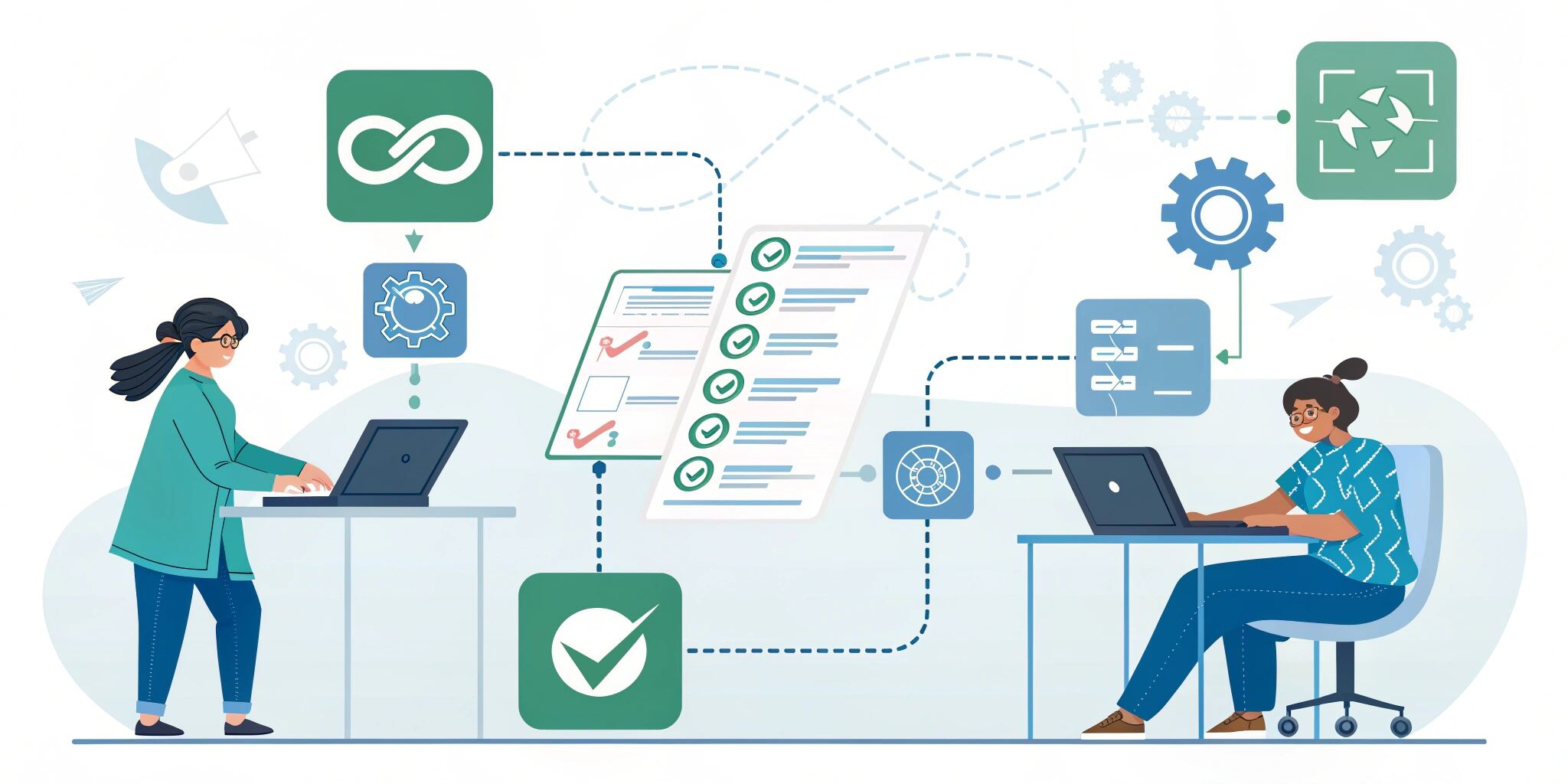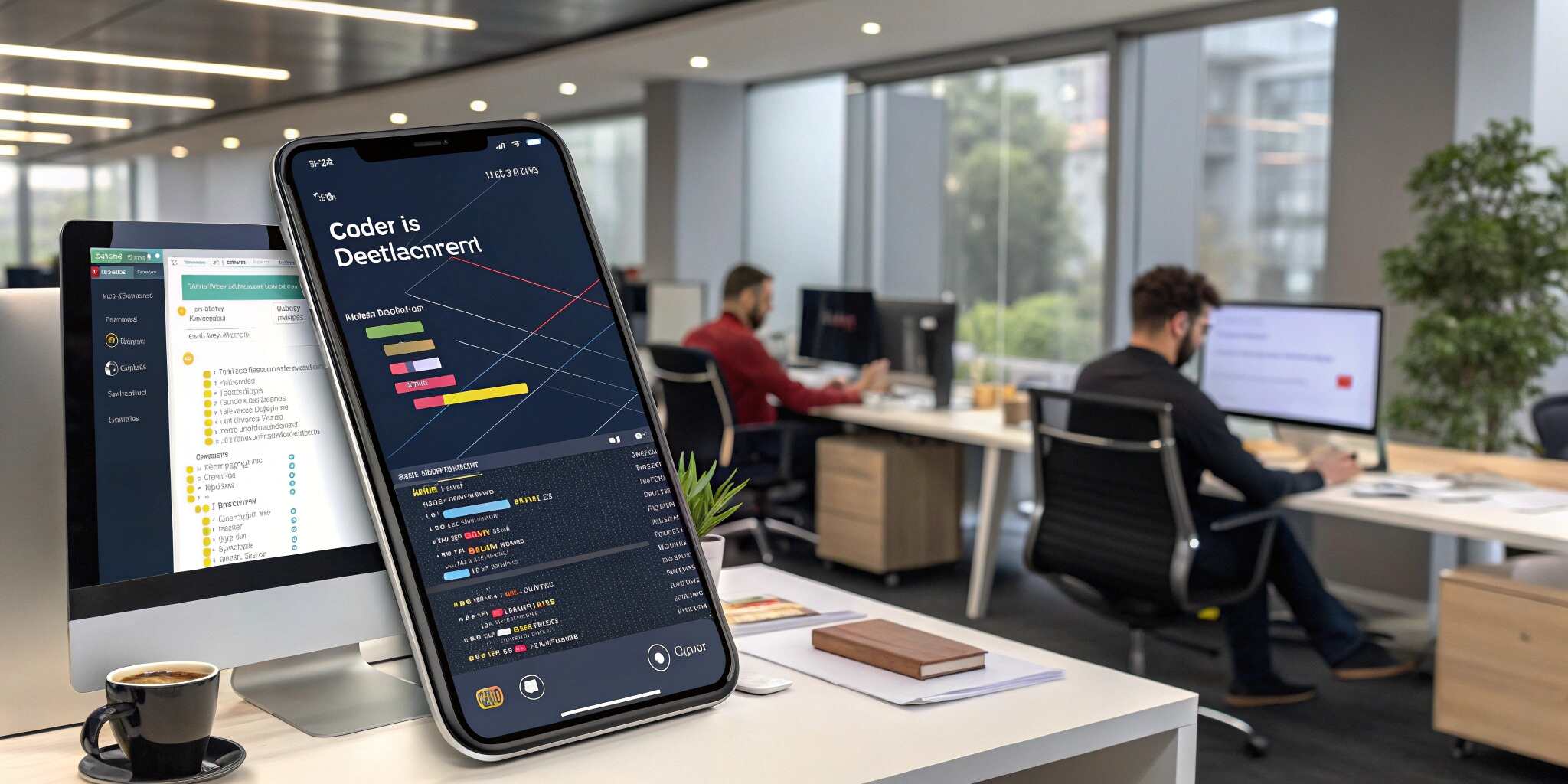Introduction:
In 2025, delivering flawless digital experiences is a team sport — and QA is playing both offense and defense. The age of testing only at the end is over. Enter Shift-Left and Shift-Right testing: two sides of a strategy designed to embed quality across the entire software development lifecycle (SDLC).
1. What is Shift-Left Testing?
Shift-Left means moving QA activities earlier in the development process.
- Unit testing during development
- Test-driven development (TDD)
- Early code reviews and static analysis
- Continuous integration testing
Why it matters: Bugs found earlier are cheaper and faster to fix.
2. What is Shift-Right Testing?
Shift-Right focuses on post-deployment testing in real-world environments.
- A/B testing and canary releases
- Monitoring app behavior in production
- User feedback loops
- Chaos engineering and performance monitoring
Why it matters: Real users and environments uncover what pre-release tests miss.
3. Benefits of a Unified Shift-Left + Shift-Right Approach
BenefitDescriptionFaster FeedbackImmediate bug detection from CI pipelines and live usage dataHigher ReliabilityCatch edge cases with production insightsBetter UXContinuous feedback helps fine-tune the user journeyCost ReductionEarly fixes reduce expensive post-launch patches
4. Tools Powering This Strategy
- Shift-Left Tools:
- Jest, Mocha, JUnit, Selenium, SonarQube, GitHub Actions
- Shift-Right Tools:
- New Relic, Datadog, Sentry, LaunchDarkly, Postman (API monitoring)
5. Real-World Application: How Teams Do It
- Devs write tests as they code (TDD/BDD)
- QA automates critical paths in CI
- Ops integrates app monitoring dashboards
- Feedback loops inform next sprint planning
Result: A cycle of continuous quality improvement.
Conclusion:
QA isn't a phase anymore — it's a mindset. By integrating both Shift-Left and Shift-Right strategies, teams can build, test, deploy, and monitor applications with speed and confidence. In 2025, quality isn’t added later — it’s baked in from the first line of code to the last user click.


